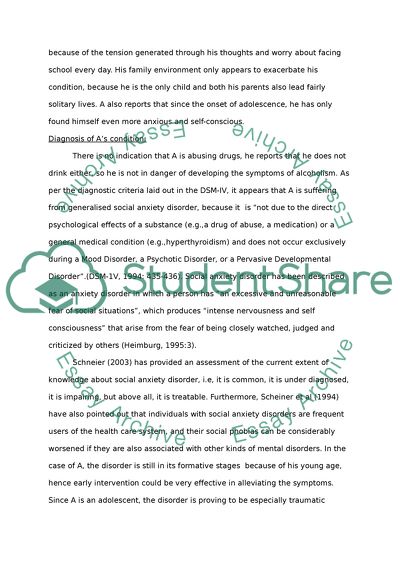Cite this document
(Analysis of a Diagnosis of a Behavioral Disorder in a Teenage Assignment, n.d.)
Analysis of a Diagnosis of a Behavioral Disorder in a Teenage Assignment. https://studentshare.org/education/1738333-identification-and-management-of-a-student-with-a-major-behavioural-disorder
Analysis of a Diagnosis of a Behavioral Disorder in a Teenage Assignment. https://studentshare.org/education/1738333-identification-and-management-of-a-student-with-a-major-behavioural-disorder
(Analysis of a Diagnosis of a Behavioral Disorder in a Teenage Assignment)
Analysis of a Diagnosis of a Behavioral Disorder in a Teenage Assignment. https://studentshare.org/education/1738333-identification-and-management-of-a-student-with-a-major-behavioural-disorder.
Analysis of a Diagnosis of a Behavioral Disorder in a Teenage Assignment. https://studentshare.org/education/1738333-identification-and-management-of-a-student-with-a-major-behavioural-disorder.
“Analysis of a Diagnosis of a Behavioral Disorder in a Teenage Assignment”. https://studentshare.org/education/1738333-identification-and-management-of-a-student-with-a-major-behavioural-disorder.


